
The word TOP 10 written in vintage metal letterpress type on a soft backlit background.
I am pushing 50 years old. My mum taught me to read before I started school. That means I have over 40 years of reading under my belt. I was not even 10 when my grandmother introduced me to pulp fiction, especially science fiction, some old horror, and the works of Edgar Rice Burroughs. However, after being introduced to Stephen King on my 12th birthday, I found my true reading love. And so more than 30 years of horror reading began (although, as you will see, it did start before then, it just wasn’t quite so all-encompassing).
I don’t exclusively read horror (nor exclusively write it), but it is my first love. The problem is, many modern horror books just don’t do it for me. They go for gore or overt sexuality at the expense of a tight, taut story, or are cliché-filled bore-fests. And talking about this with some other writer/readers, I decided to present ten horror works produced in my lifetime that have disappeared from the collective consciousness, and yet that I think are well worth re-appraising.
Now, we are not going to have any of the usual suspects here. No Stephen King, Ramsey Campbell, Dean Koontz, et al. And no anthologies. These are stand-alone stories that I like.
And, tempted as I was, I am not going to include my own work Sins Of The Fathers (https://www.amazon.com/Sins-Fathers-S-Gepp-ebook/dp/B07XBDP2RF/ and https://www.bookdepository.com/Sins-Fathers-S-Gepp/9781947227408 and Barnes & Noble…). Even though I am amazingly biased, I think it is a fine horror book.
I present these in order of year released, except the last one… but I’ll explain that when I get there. And I will try not to include spoilers. So, hopefully, here are 10 books that you will seek out and enjoy as much as I have.
1) Uncle Gustav’s Ghosts by Colin Thiele (1974)
This was the first horror story I ever read. I was apparently 6 years old and I loved it. It is more a children’s/young adult book (as most of Thiele’s works are) but even reading it as an adult, he mixed horror and humour and great characters so brilliantly. With an introduction like this, it’s no wonder I fell in love with horror. Set in South Australia (where I have lived my whole life), a missing bride comes back with poltergeist activity to afflict a family. Simple, yes, but so well written. Amazing book.
I will add here I was fortunate enough to meet Colin Thiele when I was in primary school (I would have been about 9 or so) and he autographed my copy of this book. It is still one of my most cherished books.
2) The Curse Of Loch Ness by Peter Tremayne (1979)
I did not read this until over ten years after its release, but it was something that struck me because it took a thing so common – the monster of Loch Ness – and turned it on its head. None of my friends liked it, but I didn’t care. The way the build-up of terror is done is quite eerie. There is a lot of foreshadowing, though, and some of the appearances of the true monsters feel a little contrived, but it feels like the pulp fiction I love and it just rattles along at a nice pace.
3) The Shaman by Frank Coffey (1980)
Quick side-story. I wrote my first “long story” in 1982, at the age of 11. Around 30k words long, it was as crap as you would expect from that sort of a kid. But it told me I could do it. I started high school the next year, and by 1985 I was again writing long stories. After a few attempts, a friend gave me this book because, according to her, I wrote like this guy. Not as good (she was always honest with me, for which I will be forever grateful) but the same sort of style. So I read it. Reading it again recently – yeah, this is the pulp fiction I write. A tale of Aztec magic and human sacrifice, its horror is mixed in well with a history of the Aztecs without it being info-dump time. And it also showed me that the ending can be a happily ever after one in horror. I also like that a lot of the horror is implied; there is not a lot of gore. Yeah, this one resonated with me as a teenager.
4) Tricycle by Russell Rhodes (1983)
A blind teacher, a sex-starved woman with a creepy five year old son who rides a squeaking tricycle, a flood, mysterious deaths – this story has a lot in it, and yet it manages for the most part to keep up a sense of dread. The story is well-written – there are some literary allusions throughout, which feel a little odd – and the blindness of the teacher is well-written. Only the ending lets it down. Still, up till then, a strange little story.
5) Monkey Shines by Michael Stewart (1983)
A former athlete becomes crippled, and is given a monkey helper. So far, so good, possibly a tale of man and animal working together. Well, yes… and no. See, the monkey is given psychotropic drugs to increase its intelligence. Then the owner starts to take the drugs as well. And they share dreams, and things spiral out of control from there. This is a slow-burn horror novel. It’s a style I have tried myself, only to be told it does not sell that well any longer, but I enjoy it. However, again, the ending leaves a bit to be desired, with things wrapped up a little too neatly. But until then, a nice study in terror.
6) The Long Night Of The Grave by Charles L. Grant (1986)
The final book in a trilogy I have not read, but it stands well enough on its own. This is a story of the mummy, the good ol’ Universal monster. An ancient Egyptian mummy in a small town in England is brought back to life by some priests, people are killed and it feels like it was pushing for a chance to be made into a movie. Despite this, there is a nice feeling of impending doom over everything. Maybe not complete terror, but there is an uneasiness, and the characters do come to life on the page. And the ending definitely left the story open.
7) Saurian by William Schoell (1988)
When I first read this in the mid-1990s, I did not like it. I think I was comparing it to the works of Stephen King, which I was devouring completely (I was working and could afford to fill in the gaps in my collection). However, I had the chance to re-read it a few years ago, and I was much more impressed. Okay, sure, it has one of the worst-written female characters I have come across in modern horror, and the monsters seem to gain new powers as the book goes on, but this is an incredibly original monster. Alien mutant things crash-land on Earth, and adopt the first form they come across – dinosaurs. Fast forward and one can also become a human now, and he destroys sea-side communities (as a monster) so he can build more expensive properties there (as a man). What takes this above crap territory is Schoell’s amazing grasp of place. His descriptions of where things are happening are so good, they really do add to the book and make it better than it otherwise would have been.
8) The Wrath by David L. Robbins (1988)
Let’s go back to ancient Egypt again! But we don’t have mummies this time – now we have a plague. It turns people into a strange undead dog-like creature. It reads like Indiana Jones meets 28 Days Later. There’s martial arts, the army, a stupid woman putting everyone’s lives at risk and it is a fun ride. But… the women are portrayed as such 2-dimensional ciphers they might as well be cardboard cut-outs. They are given no real character. And the ending is, frankly, stupid and too neat. I think it might have over-reached itself. Still, fun read, just turn your brain off to do so.
9) On The Edge by Margaret Visciglio (2014)
Wow, there’s a jump in years! And it shows what I came to think of horror produced in that time not by some of the big names. Unfortunately. We were dumped with more vampires than you could shake a stick at, or gorefests with all the scares of a House of Horrors at a carnival. Then Margaret (who has been a supporter of my work as well) released this. It is for young adults, it is almost fantasy, but it is so well-written and the characters live on the page. In rural South Australia, a family find a three-headed cat and they have to decide between protecting it and letting vested interests take control. It is a bit preachy about ecological issues (I don’t mind that, personally), and the horror diminishes in the last half, but still a great book well worth tracking down.
10) Pig by Kenneth Cook (1980)
Now, first, the reason this is at the end of the list. This is my favourite Australian book. Ever. Any genre. Bar none. It is easily in my top 5 books of all time. I am biased – I love this book. Basically, it is the story of one conservationist’s desire to kill the largest feral pig he has ever come across, leading a horde of other feral pigs across the Australian outback. The final third of the book is just such an exhausting roller-coaster ride of adventure that I could not put it down. My aunt gave me this book when I was about 13 years old or so and she discovered I liked horror; this was the first ever “adult” book I read in less than 2 days. I could not put it down. Unfortunately, it was overshadowed by the far inferior Razorback and its awful film adaptation with a terrible puppet pig. This is so much better. I know some people have an issue with the lack of chapters; don’t care. This is so well written and so well plotted and so well described, it stands head and shoulders above so many books that are better known and regarded more highly. If you can find a copy – get it. Read it. I am sure you won’t be disappointed.
Now, I am the first to admit that not all of these will appeal to everyone, and that many are quite clearly of their time. The 1980s have a lot to answer for, and some of the story tropes visible here are proof of that. But these are fun reads and something different in light of the horror that is available today.
Good reading!
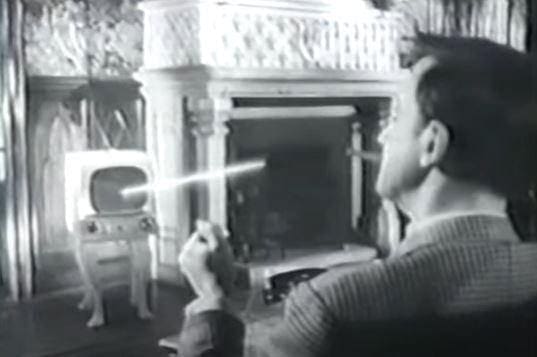
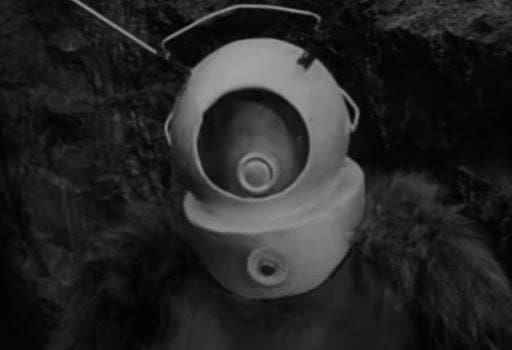
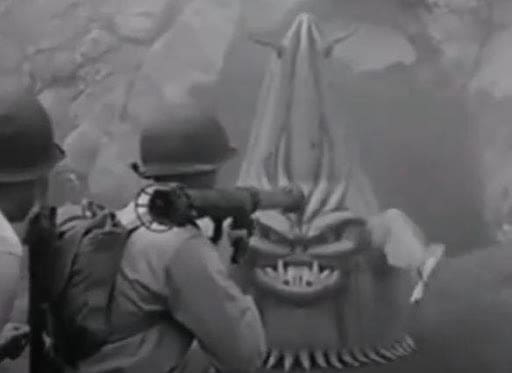

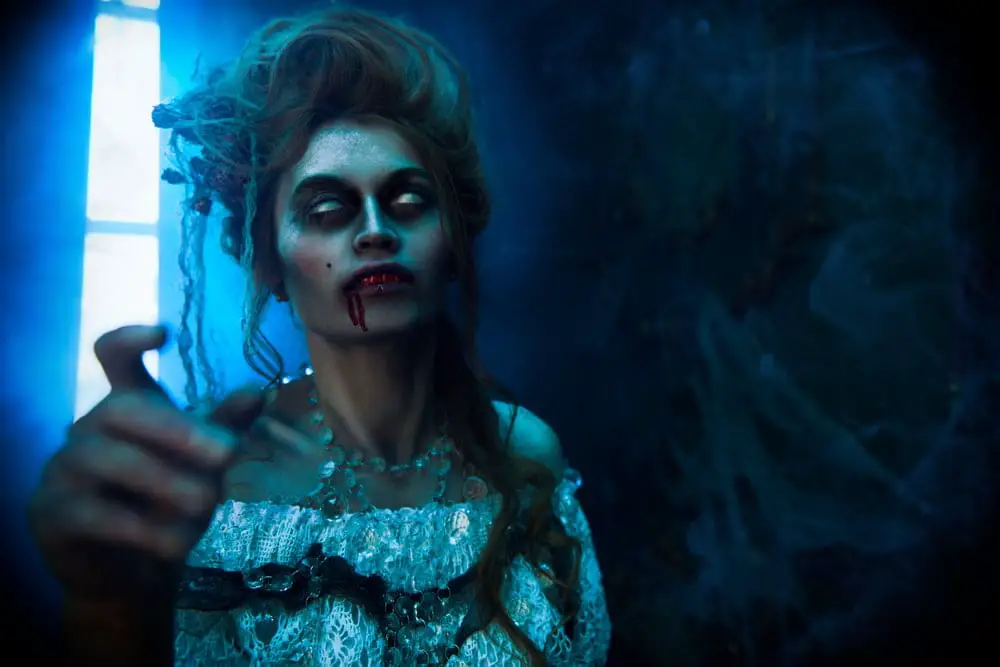
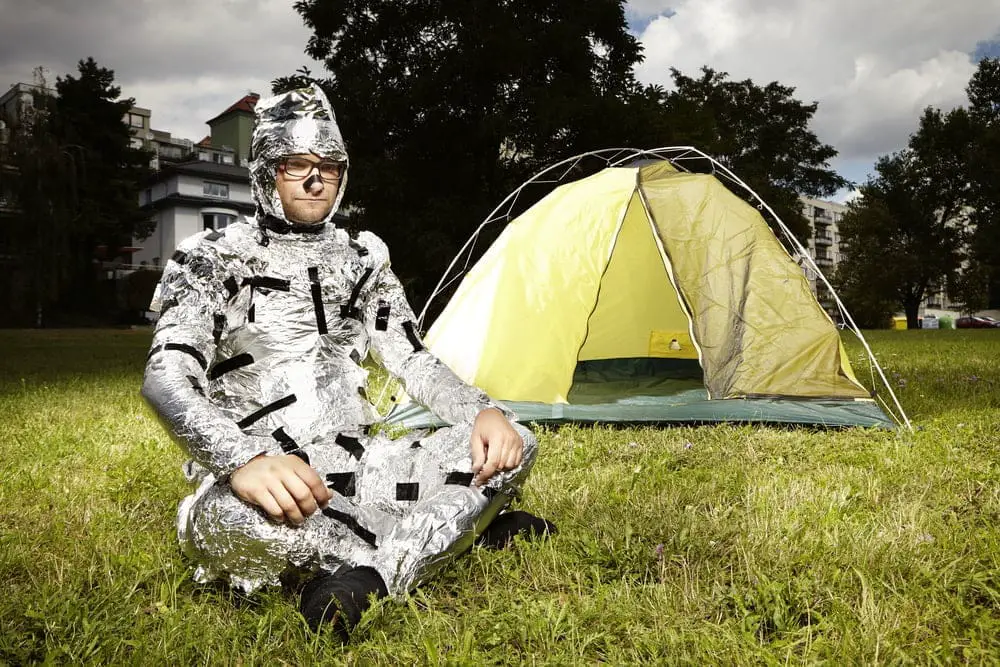

 ’53 Minutes’ by Kevin G. Bufton (from Under The Knife, Cruentus Libri Press, 2013)
’53 Minutes’ by Kevin G. Bufton (from Under The Knife, Cruentus Libri Press, 2013) ‘Blood On The Rose’ by Dorothy Davies (from Beyond The Grave, Static Movement, 2011)
‘Blood On The Rose’ by Dorothy Davies (from Beyond The Grave, Static Movement, 2011)







